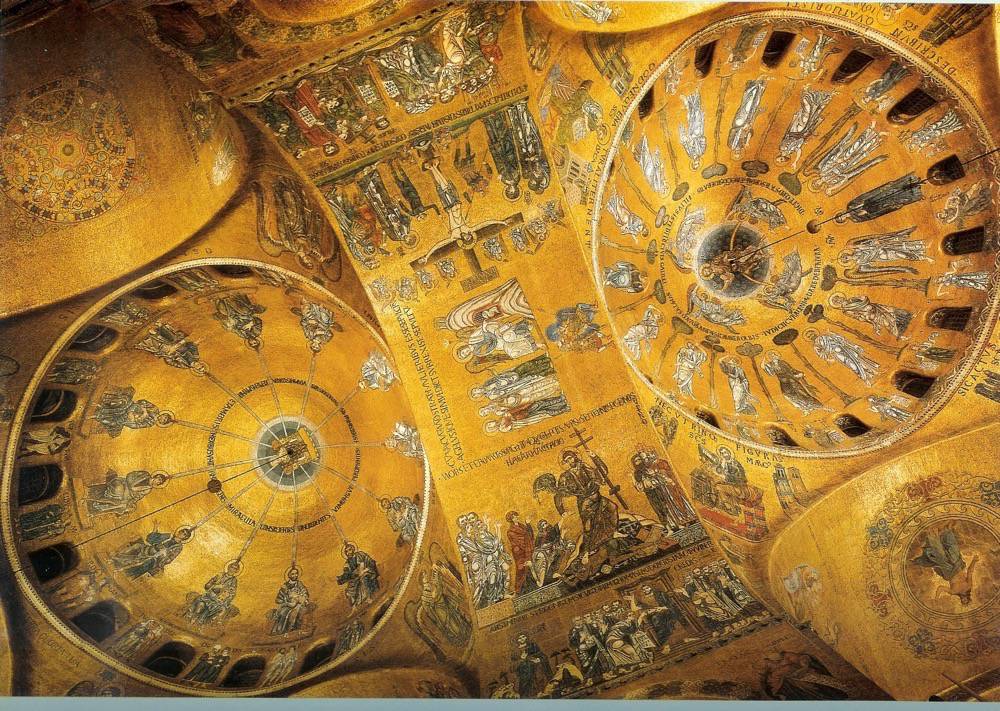Discovering Byzantium in Venice: A Journey Through Art and Architecture
Venice, often celebrated for its romantic canals and Renaissance masterpieces, holds a lesser-known but equally fascinating identity: a city deeply rooted in Byzantine culture.
The connections between Venice and the Byzantine Empire go far beyond trade routes and political alliances — they are etched into the very stones of the city’s churches, mosaics, and palaces.

From the 6th to the 13th century, Venice developed under the strong cultural and artistic influence of Byzantium. As part of the Eastern Roman Empire for several centuries, the city absorbed and reinterpreted the visual language of the East. This is especially visible in the architectural layout and decoration of Venice’s most iconic monument: St. Mark’s Basilica. Inspired by the Church of the Holy Apostles in Constantinople, its Greek cross plan, shimmering gold mosaics, and elaborate domes are testaments to this shared heritage.
Walking through the city, you’ll notice Byzantine-style capitals, intricate marble inlays, and the use of iconic religious imagery that distinguish Venetian sacred spaces from those in the rest of Italy. The Pala d’Oro, the golden altarpiece inside St. Mark’s, is another striking example — crafted in Constantinople, it represents the apex of Byzantine enamel and goldsmithing.
Venetian art was also shaped by Byzantine iconography. The portrayal of saints and the Virgin Mary in early Venetian painting reflects Eastern styles, with solemn expressions, stylized gestures, and rich colors designed to convey the divine.
To truly understand this unique fusion of East and West, I invite you to join my “Golden Venice” tour. This immersive experience will guide you through hidden churches, mosaics, and monuments that tell the story of Venice’s Byzantine soul. Whether you’re a history enthusiast or simply curious about a different side of Venice, this tour will offer you a new perspective on the city’s rich and layered identity.


